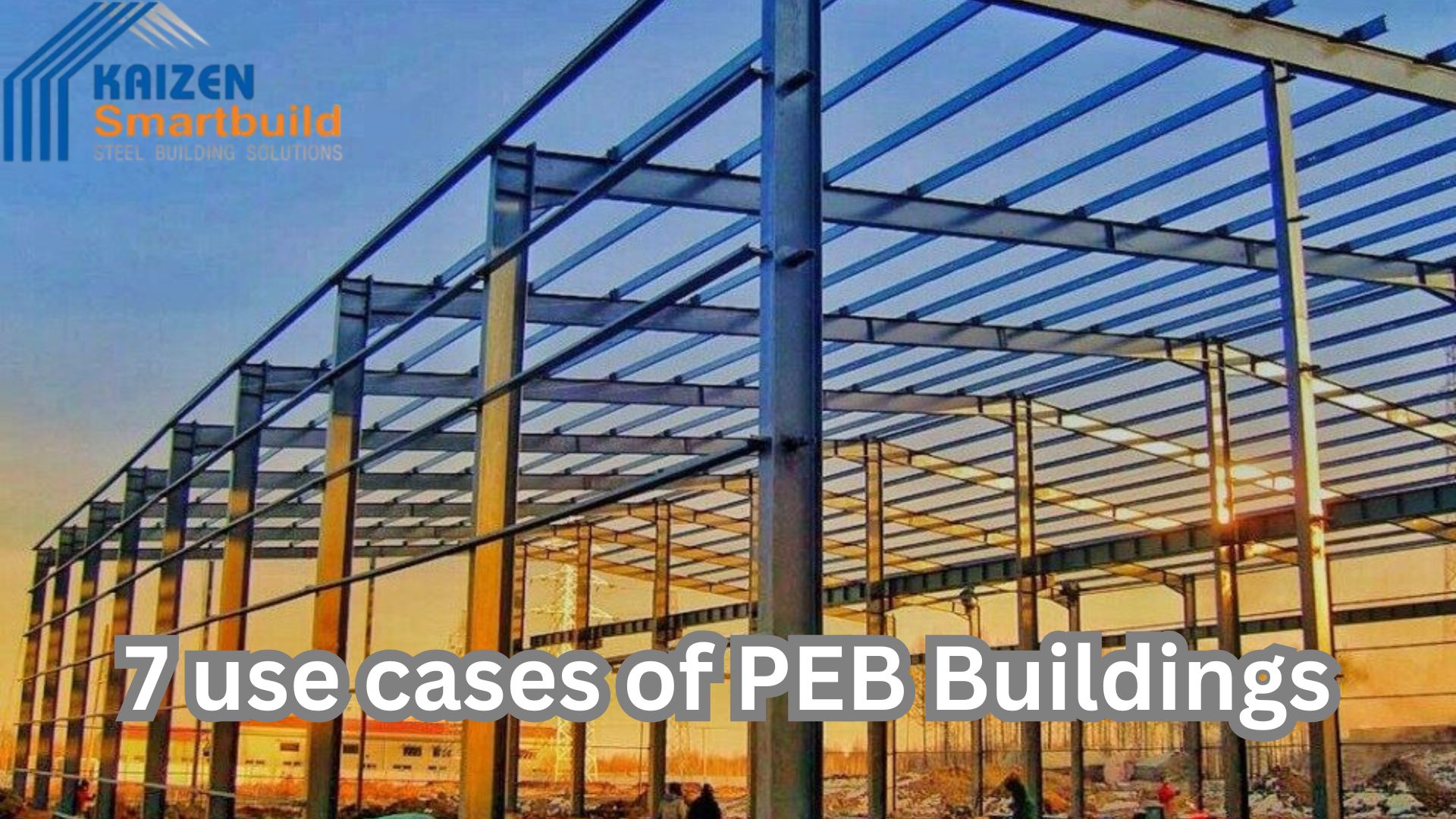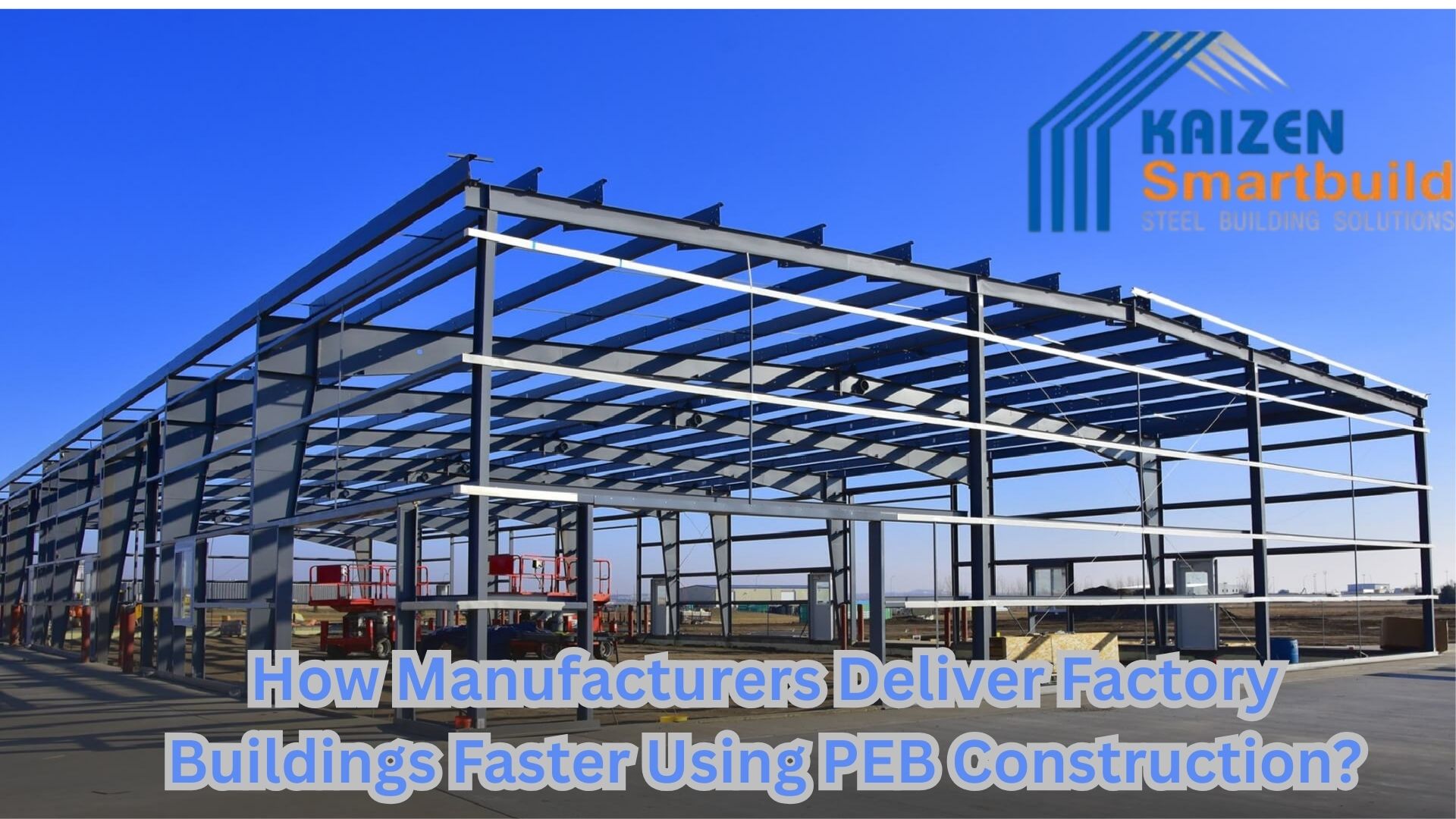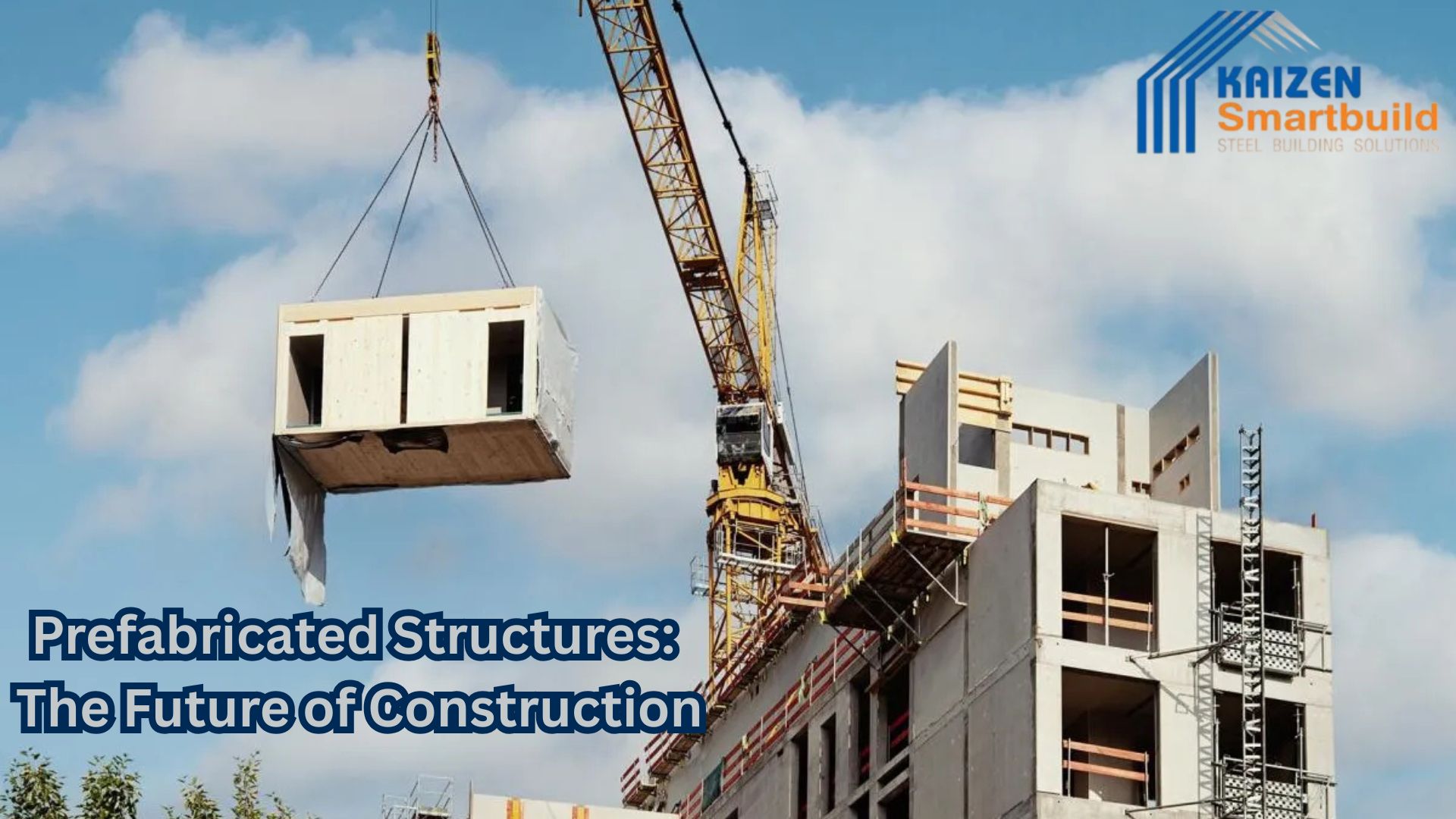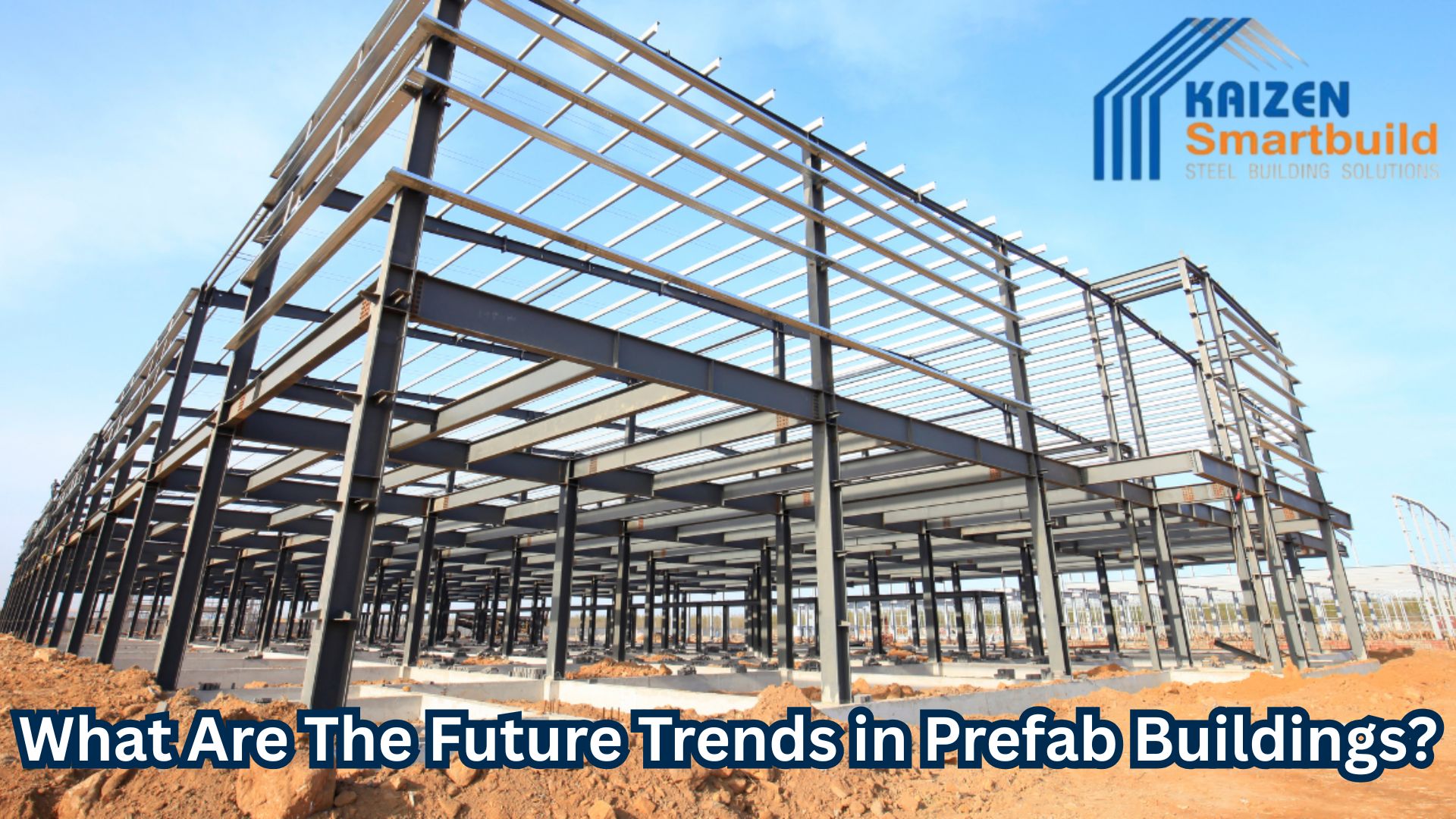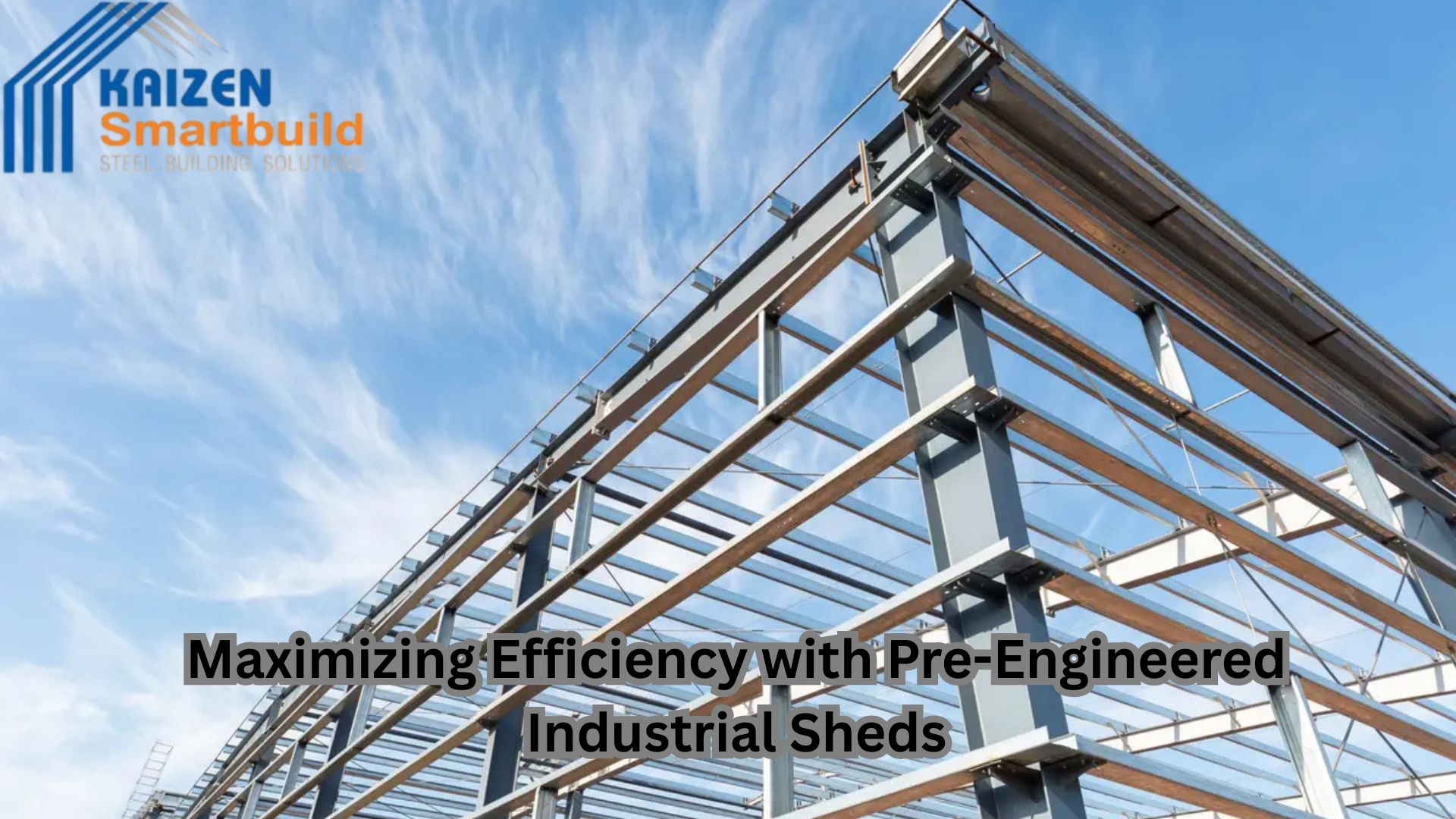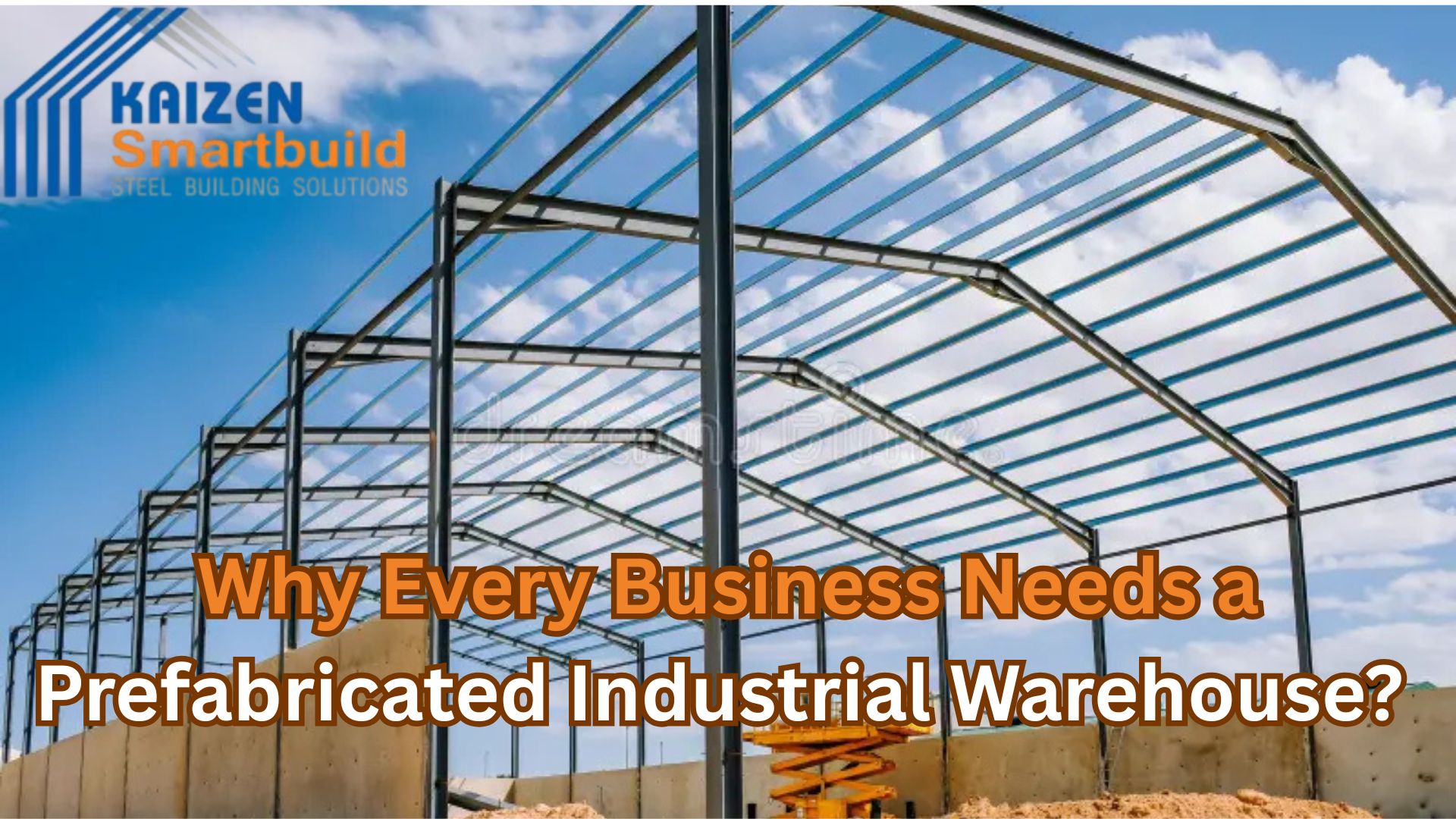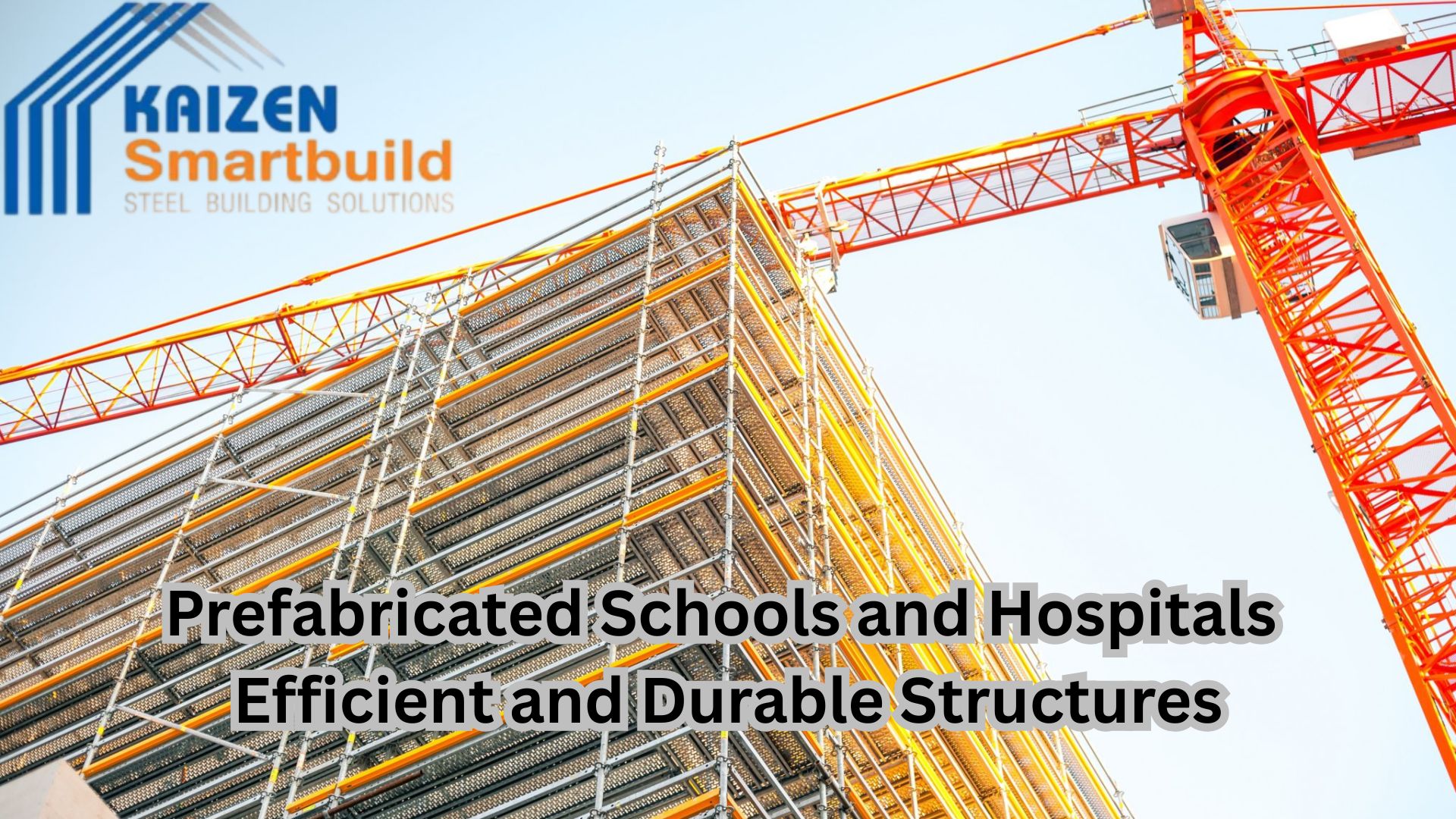Most of us would agree that prefabricated buildings, or pre engineered buildings, are one of the most efficient building solutions. These are made by using steel, a material with durable properties and easier to engineer into various building components. Whether it is hot rolled steel elements or cold formed, the galvanized steel or mild steel, there are many types that we can find in the prefab buildings. At Kaizen Steel Building Solutions, we make multistory buildings, standard frames, individual components like insulated panels and screwdown systems and many more solutions as part of our vast scope of production capabilities. We have gained immense expertise in this domain over the years. In this blog, we are exploring the future trends of prefab building.
Integrated With Updated Technologies
With the rapid influence of automation, artificial intelligence and cloud computing, the construction industry is also adopting these technologies in their business. It helps in strategy building and coming up with unique solutions. Additionally, usage of software for various stages of production will also gain momentum. Drafting, structural analysis, drawing, fabrication and collaborating among the teams can become more productive and efficient.
Sustainability at The Core
Prefabricated buildings have the full potential to be made into green buildings, as steel is widely considered a green metal. It can be recycled into different forms, and the steel structures’ modification, reassembly and resale reduce the waste of building materials. High performance insulation, HVAc systems, reduced dependency on artificial lights, less material consumption, etc can be integrated. Moreover, tehse buildings consume much less water compared to concrete buildings.
Lightweight Design Elements
The lightweight design elements are innovated to reduce the material weight, cost and improve the structural integrity of the prefab buildings. C Z purlins are a great example of this innovation, which reduces the material consumption while allowing buildings to have larger spans. We can expect more of such innovations in the future.
More Residential Buildings
Presently, many prefab buildings are primarily used for industrial or commercial buildings like agriculture sheds, business centres, event halls, museums, shopping complexes, and factory sheds. But in future, we can expect more residential building complexes made of Prefab technology as the number of multi-story buildings expands.
Conclusion
The future of prefabricated building in the construction industry looks bright. It is only going to expand with the businesses needing more of these buildings to expand and modify their complexes, and the industries mostly depend on them. The technologies are going to decrease the time of construction and save cost in various stages of the process. If you want to partner with a prefab building manufacturer for your construction project, choose Kaizen Steel Buiding Solutions.



